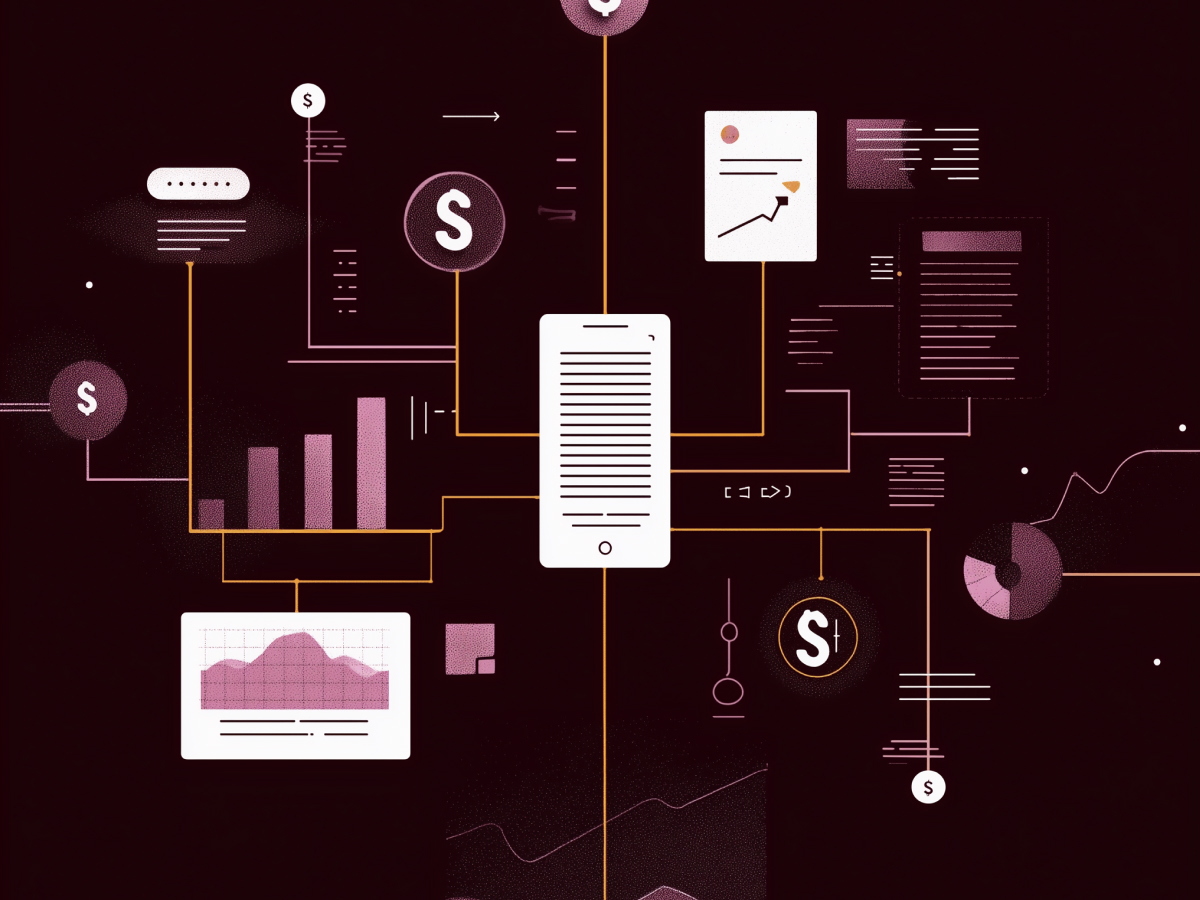A 10-year AI regulation ban would strip away protections
There’s a proposed law in the U.S. that puts the brakes on state and local governments regulating artificial intelligence, for ten years. That’s not responsible governance. It’s a retreat when we should be moving forward.
More than 140 civil rights and consumer protection groups, including the Center for Democracy & Technology (CDT), are calling this out. They see the risks clearly. If this federal block passes, it will override hundreds of laws already working their way through the U.S. system, over 500 introduced or enacted this year alone across roughly two-thirds of the states. Laws that address real issues: whether an AI can make a decision about your job, your health records, or your guilty verdict in court. These aren’t hypothetical concerns. They’re real, and they’re already in play.
What’s important here is this, state governments, red and blue alike, have developed legislation that responds to the specific needs of their communities. That’s smart. AI doesn’t work the same everywhere. You don’t deploy a traffic-optimization algorithm in rural Montana the same way you would in New York City. Local context matters. And local laws get that.
Letting one federal clause wipe all of that out, while offering zero replacements, is reckless. It’s the policy equivalent of disconnecting the brakes in a self-driving car because you think it’ll figure it out.
C-suite leaders should take note: a regulatory vacuum doesn’t only hurt consumers, it breeds uncertainty for business. If your AI product is being developed in an unregulated environment today, it might face a regulation “snapback” tomorrow when the public grows tired of unintended consequences. Building in compliance early, aligned with both local and federal expectations, is not red tape, it’s operational stability.
Regulating AI is not optional, it’s critical to prevent Real-World harm
AI is powerful. But power without margin for error is a dangerous thing to deploy at scale.
Even now, we’re seeing AI systems misfire, biased hiring tools, flawed medical diagnosis recommendations, and unreliable facial recognition embedded in public safety decisions. The issue isn’t AI itself. It’s the lack of accountability. These tools touch millions of lives, often invisibly. Most people don’t know when an algorithm is making a decision instead of a human. That makes oversight a priority, not a nice-to-have.
Travis Hall, Director for State Engagement at CDT, calls it for what it is: a legal gray zone. Developers are operating with no roadmap, no rules, and no accountability. That’s not innovation. That’s blind experimentation with scale.
If trust is lost here, it’s not easily rebuilt. Enterprises betting their future on AI need the public onboard. They need employees to believe in these tools. They need customers to feel protected. That’s only possible when there are clear boundaries. Guardrails don’t kill momentum, they help you push harder without crashing.
One angle executives must focus on: regulatory clarity is a long-term ROI driver. It cuts litigation risks, supports public trust, and reduces workforce friction. Think of the AI lifecycle, designers, engineers, testers, product leads. Each step benefits from knowing the parameters early on.
Skipping regulation doesn’t mean freedom. It means chaos later, usually when it’s most expensive. Get ahead now or get buried under complexity later.
A federal-only approach undermines public safety and favors corporate interests
Supporters of the proposed AI moratorium claim that a single federal standard is better than a mix of state laws. But here’s the issue, they’re not offering a federal standard. They’re offering nothing. They’re clearing the field of all protections, leaving no rules in place for developers, governments, or the public.
That’s not strategic. That’s abandonment.
Let’s talk about timing. The federal government has not yet passed a regulatory framework for AI. Offering a blanket 10-year ban right now means there will be a full decade of policy silence, while AI systems continue to scale into critical infrastructure and decision-making processes. If we remove the only working protections, those put in place by states like Colorado, Illinois, and Utah, all we do is increase exposure to risk.
Travis Hall from the CDT is clear about the consequences. He says the bill is “a gift to the largest technology companies at the expense of users”, people who rely on these services every day for work, access to healthcare, education, and public services. Hall’s view is that without any regulatory backup, there’s no mechanism to hold developers or deploying agencies accountable. That eliminates checks and balances, precisely when we need them most.
C-suite leaders should consider the operational risks introduced by the absence of structure. When companies operate without defined rules and consumer protections, the market becomes vulnerable to reputational damage, class-action suits, and escalating public distrust. That slows innovation, not because the public doesn’t want technology, but because they don’t trust how it’s built or used.
Don’t confuse deregulation with progress. If regulation disappears, businesses might win short-term flexibility, but lose long-term stability.
State-by-State AI laws are more aligned than opponents claim
One of the central arguments lawmakers make in defending the moratorium is this fear of a “patchwork.” That different states having different rules will confuse developers, stall deployment, and kill momentum. But that’s not what we’re seeing happen.
Over a dozen states have proposed or enacted laws using nearly identical language. Many of these were written with input from the same industry groups currently lobbying for federal preemption. That’s not fragmentation. That’s alignment with local adaptation, and the data supports it.
States like Arkansas, Kentucky, and Montana have created laws to regulate how public agencies acquire and use AI. These aren’t radically different from one another. They’re specific to context but consistent in purpose: integrity, safety, and transparency.
There’s also precedent. In the privacy space, the same prediction was made. Opponents warned that state privacy laws would diverge wildly. But what happened instead was a convergence around a handful of core principles, many states passed nearly identical statutes, which were manageable even at the enterprise level. That makes the “confusion” argument less credible.
Executives should approach this with clarity. Regulatory certainty doesn’t mean identical rules everywhere, it means knowing the scope and expectations within your operating environments. It also means understanding where adaptation is worth the investment. A company that can comply with meaningful consumer protection laws at the state level is more resilient and better prepared for inevitable federal policies down the line.
The argument that variation makes AI regulation unworkable doesn’t hold up. It oversimplifies a manageable challenge and ignores the systems already in place that ensure coherence across jurisdictions.
Comparing the AI regulation ban to the internet tax freedom act misses the point
Supporters of the AI moratorium often point to the Internet Tax Freedom Act (ITFA) from the 1990s as evidence that a hands-off approach can lead to explosive growth. But the comparison doesn’t hold. The foundation and function of AI are fundamentally different from the early internet. Removing consumer protections is not the same as removing digital taxes.
Here’s what the ITFA actually did. It temporarily prevented states from taxing internet access. That lowered costs and increased accessibility. No one was arguing against protecting users’ rights or ensuring transparency in how internet services functioned. It was about expanding infrastructure and usage, fast.
The AI moratorium, on the other hand, effectively tells governments they can’t act to protect their citizens, even when real harms are already documented. Shutting down state-level regulation doesn’t increase access, lower prices, or ignite demand. It eliminates oversight in a space that is expanding into healthcare, finance, education, law enforcement, and more. These uses don’t just affect growth. They affect human outcomes.
The CDT and others argue that AI systems, particularly decision-making systems, are already being used in sensitive environments where flaws are consequential. These aren’t abstract risks. We’ve seen systems amplify racial and gender bias, misidentify individuals in surveillance feeds, automate hiring decisions with discriminatory filters, and output incorrect diagnostics in medical settings. These outcomes are not rare. They are recurring.
Executives should be aligned on one point: growth in any transformative sector must be accompanied by responsibility. Stripping away regulatory control with no federal alternative does not stimulate innovation, it weakens system integrity, reduces public trust, and increases the political risk of backlash.
The long-term value in AI is tied to its trustworthiness. The market rewards deployment that scales ethically and delivers confidence to end users. That’s not achieved by freezing states out. It’s achieved by allowing adaptation, scrutiny, and steady improvement across levels of governance. Decisions made in the name of expansion shouldn’t ignore the responsibility to protect.
Key takeaways for leaders
- AI regulation rollback removes critical protections: A 10-year federal ban on state and local AI laws disables over 500 active or proposed regulations, stripping essential consumer safeguards across the U.S. Leaders should recognize this as a high-risk move that increases exposure to legal, ethical, and reputational harm.
- AI oversight strengthens trust and reduces system risk: Without regulation, AI systems can produce biased, opaque, or harmful outcomes in sectors like employment, healthcare, and criminal justice. Executives should invest in responsible AI frameworks now to reinforce trust and preempt future regulatory or legal challenges.
- No federal alternative leaves a compliance vacuum: The moratorium halts local governance without offering federal standards, creating a regulatory void that serves large tech firms while undercutting public accountability. Decision-makers should not wait for federal clarity, proactively aligning with strong compliance practices protects long-term resilience.
- Claims of regulatory confusion lack evidence: Despite industry warnings about a patchwork of rules, state legislation has largely converged around similar language and principles. Business leaders should engage with state-level trends early to streamline compliance and shape future regulation.
- Comparing AI to the early internet is flawed: The Internet Tax Freedom Act removed financial barriers to access, while the AI moratorium removes consumer protections from high-risk technologies. Executives should reject oversimplified comparisons and assess AI governance based on real-world impacts and sector-specific risks.





